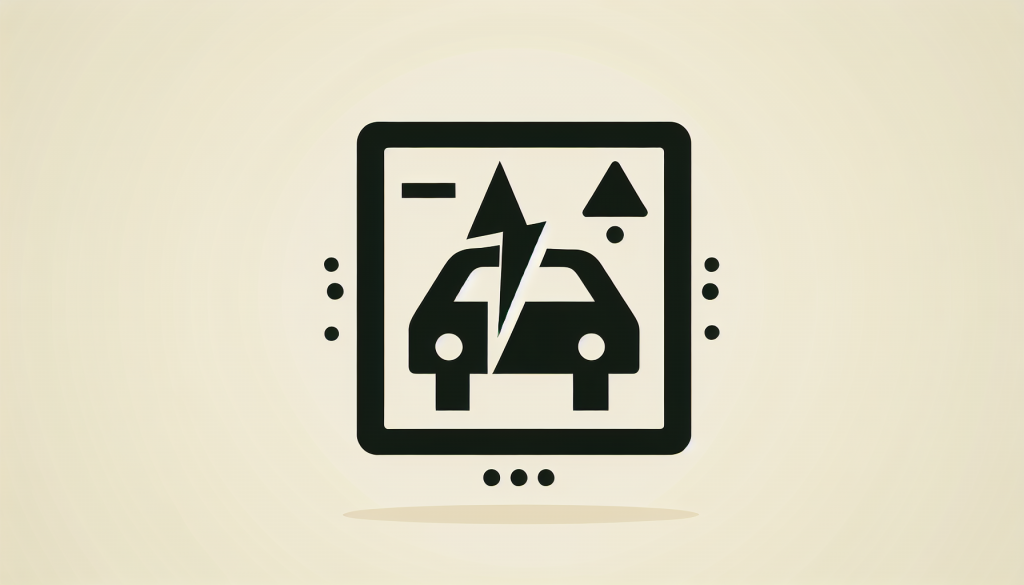Understanding EV Warning Lights
Dashboard warning lights are like the secret language of your electric or hybrid vehicle. They’re not just there for decoration; they’re your car’s way of telling you what’s up. Knowing what these lights mean can save you from a world of trouble and keep your ride running smoothly.
Why Dashboard Indicators Matter
Those little lights on your dashboard are more than just pretty colors. They’re your car’s way of saying, “Hey, pay attention!” Whether it’s a minor hiccup or a major meltdown, these indicators are crucial for keeping your car in tip-top shape. With more electric vehicles hitting the streets, thanks to the UK’s 2030 ‘Road to Zero’ strategy (RAC), knowing what these lights mean is more important than ever.
EV warning lights can clue you in on:
- Battery levels and charging status
- Motor and electrical system issues
- General vehicle health and maintenance needs
Ignoring these lights can lead to breakdowns and expensive repairs. Want to decode these signals? Check out our EV warning lights guide.
Colors and What They Mean
EV warning lights come in different colors, each telling you how serious the issue is (Pod Point):
- Green: Everything’s cool. The system is working fine.
- Yellow: Something’s up, but it’s not urgent. Check it out soon.
- Red: Big problem! Stop driving and get help immediately.
Knowing these colors can help you react appropriately and avoid bigger problems down the road.
| Color | Meaning | Action |
|---|---|---|
| Green | System is active and working correctly | No immediate action needed |
| Yellow | Non-critical issue | Check the issue soon |
| Red | Serious fault | Stop driving and seek immediate assistance |
Take the ‘Limited Power’ warning light, for example. It’s usually a tortoise symbol and means your car’s got a serious issue that needs quick attention. Or the low battery alert, which shows up as a yellow charging station icon when your battery drops to 10%, and starts flashing at 5% (Pod Point).
Understanding these symbols and acting fast can save you from bigger headaches later. For more on what these lights mean, swing by our page on EV warning lights meanings.
Common EV Warning Lights
Owning an electric vehicle (EV) comes with its own set of dashboard warnings. Knowing what these lights mean can save you a lot of headaches. Let’s break down two of the most common ones: limited power issues and low battery/charging alerts.
Limited Power Issues
Ever see a tortoise light up on your EV dashboard? That’s the ‘Limited Power’ warning, and it’s not there to make you smile. This light means your car’s got a problem that needs fixing, pronto. When this light pops up, your car might go into “Limp Mode,” slowing down and turning off power-hungry features to save juice (RAC). This could be due to electrical faults, battery temperature issues, or other gremlins.
| Warning Light | Symbol | Meaning | Action Required |
|---|---|---|---|
| Limited Power | 🐢 | Reduced speed and performance due to an issue | Get to a garage you trust to sort it out |
A whopping 79% of drivers can’t figure out what this symbol means, so it’s a good idea to get familiar with your dashboard. Need more help? Check out our EV warning lights troubleshooting guide.
Low Battery/Charging Alerts
Another frequent flyer on the EV dashboard is the low battery or charging alert. This light shows up when your battery’s running on fumes or if there’s a hiccup in the charging system. Ignoring this can leave you stranded.
| Warning Light | Symbol | Meaning | Action Required |
|---|---|---|---|
| Low Battery/Charging Alert | 🔋 | Battery level is critically low or charging issue detected | Charge up ASAP or check the charging system |
Taking care of low battery warnings is key to keeping your EV running smoothly. For a full rundown on dealing with these alerts, see our EV warning lights solutions.
By getting to know these common EV warning lights, you can nip problems in the bud and keep your car in top shape. For more on other dashboard indicators, head over to our EV warning lights guide.



